Yes, it’s really been over a century–and–a–half since Lewis Carroll sat down and wrote a very special story. A story that has remained a children’s favourite and a pop cultural phenomenon — even helping to name a swathe of smart-shop ‘herbal’ blends. We are all familiar with the parts of the story that have become psychedelic lore; the hookah-smoking caterpillar, Alice being encouraged to munch on mushrooms, her continual changes in size, as well as the general trippy mayhem that abounds. Many people take for granted that the tale of ‘Alice’s Adventures In Wonderland’ and the later ‘Through The Looking Glass, And What Alice Found There’, are the product of an author who was very, very high.
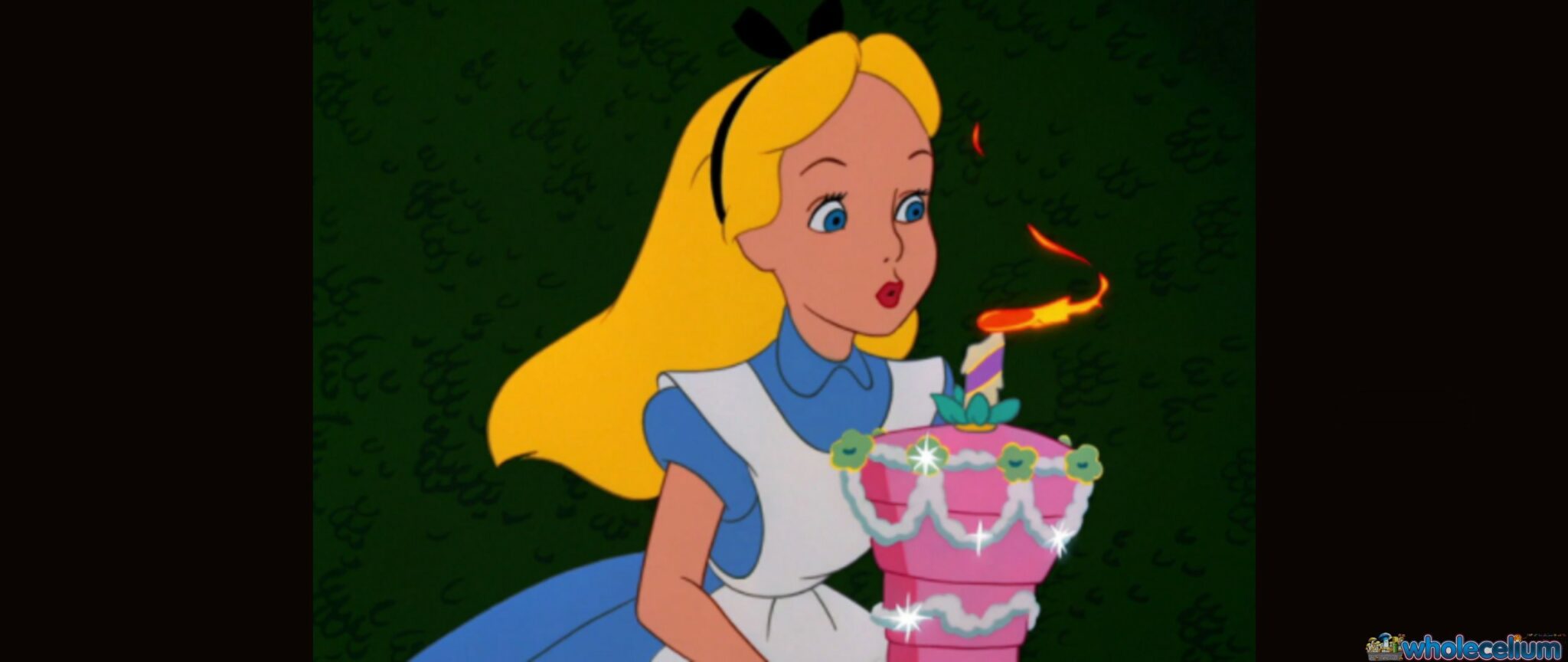
Curiouser and curiouser!
But, although I hate to break it to ya, there is actually no evidence that author Lewis Carroll was ever on drugs during the writing of any ‘Alice…’ novel.
It might seem crazy, but the book that so aptly represents a psychedelic trip, was simply a story Carroll made up to amuse a young girl. (But yes, she was actually called Alice!) However, regardless of where Carroll’s inspiration originated from— his stories have become inseparable from psychedelic culture today. And so, we think on the 155th anniversary of ‘…Wonderland’ it’s high time to explore its history— however you choose to interpret it!
Where It All Began
In another instance of things not-being-as-they-seem, Lewis Carroll wasn’t actually our author’s real name. Born Charles Lutwidge Dawson in 1832, when deciding on a pen name he thankfully plumped for Lewis Carroll over his other candidate ‘Edgard Cuthwellis.’ (Hard to imagine he wasn’t high when he came up with THAT one!). Quite the polymath, Carroll was a reverend, an inventor, a photographer and a mathematician, as well as a writer.
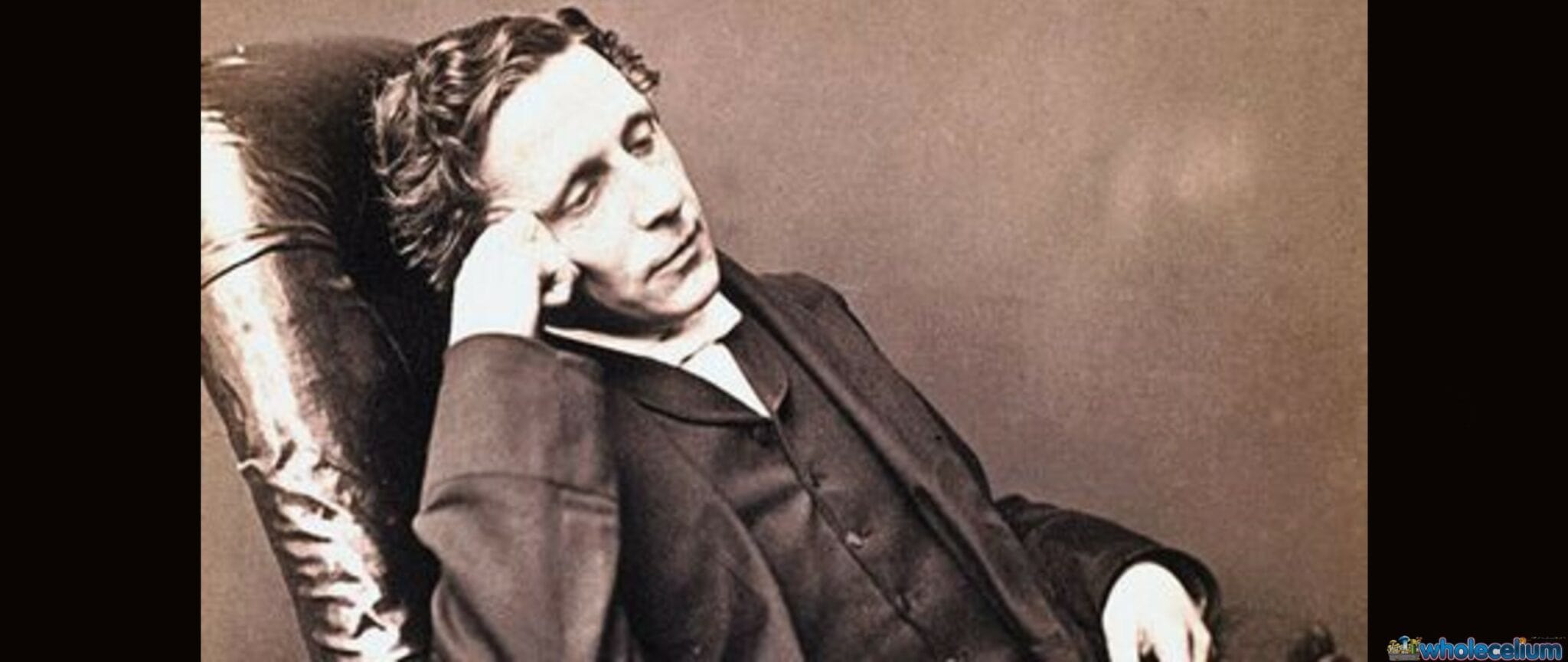
It was when he was attending Oxford University that he met the 10 year old Alice Liddell. She was a daughter of the Dean of Christ Church. The fictional Alice came into being “one golden afternoon” when Carroll made up the tale to amuse the real Alice, and her two sisters. Alice (Liddell) loved the stories so much, she insisted Carroll told them to her over and over again. Eventually he was convinced to commit them to paper.
Surprisingly, on publishing in 1865, the book initially received negative reviews. It was only after ‘Through The Looking Glass…’ was published that both literary critics and the wider world began to take an interest. Even a young Oscar Wilde was a fan of the book! The illustrations by Sir John Tenniel quickly became iconic in their depictions of Alice’s surreal adventures. Today you can still find reproductions of them on any object or piece of clothing imaginable.
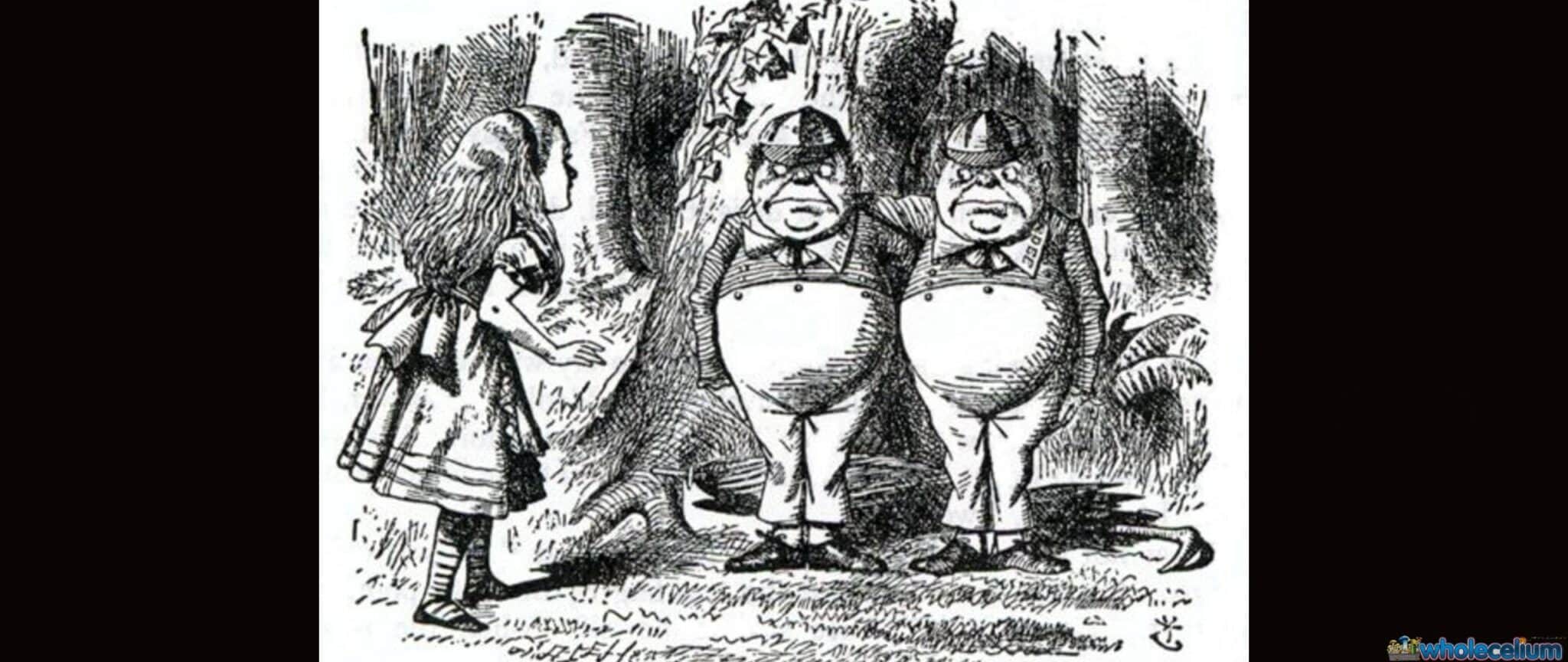
Since its initial publishing ‘Alice…’ has been translated into almost 200 languages and never been out of print. Not bad for a summer’s day story to amuse a 10 year old! It also holds the honour of being banned in China in 1931. The country’s government objected to the depiction of animals using ‘human language.’
The Disney Treatment
When people envisage Alice, if it’s not the Victoriana vibe of Tenniel’s illustrations they imagine, it’s the technicolour wonder of Walt Disney’s ‘Alice’ offering. The story was apparently always a dream of Disney’s to animate. And, after a few unsuccessful shorts based on Carroll’s story, he managed to make his fantasy a reality in the 1940s. The film was eventually released in 1951 and immediately became iconic. Existing as an amalgamation of both ‘Alice’ novels, the film made real Carroll’s psychedelic vision for a new generation. It also added a whole roster of madcap songs, many based on Carroll’s writings. (Fun Fact! When the Dodo lights up his pipe, for a split second Mickey Mouse can be seen in the lit match.)
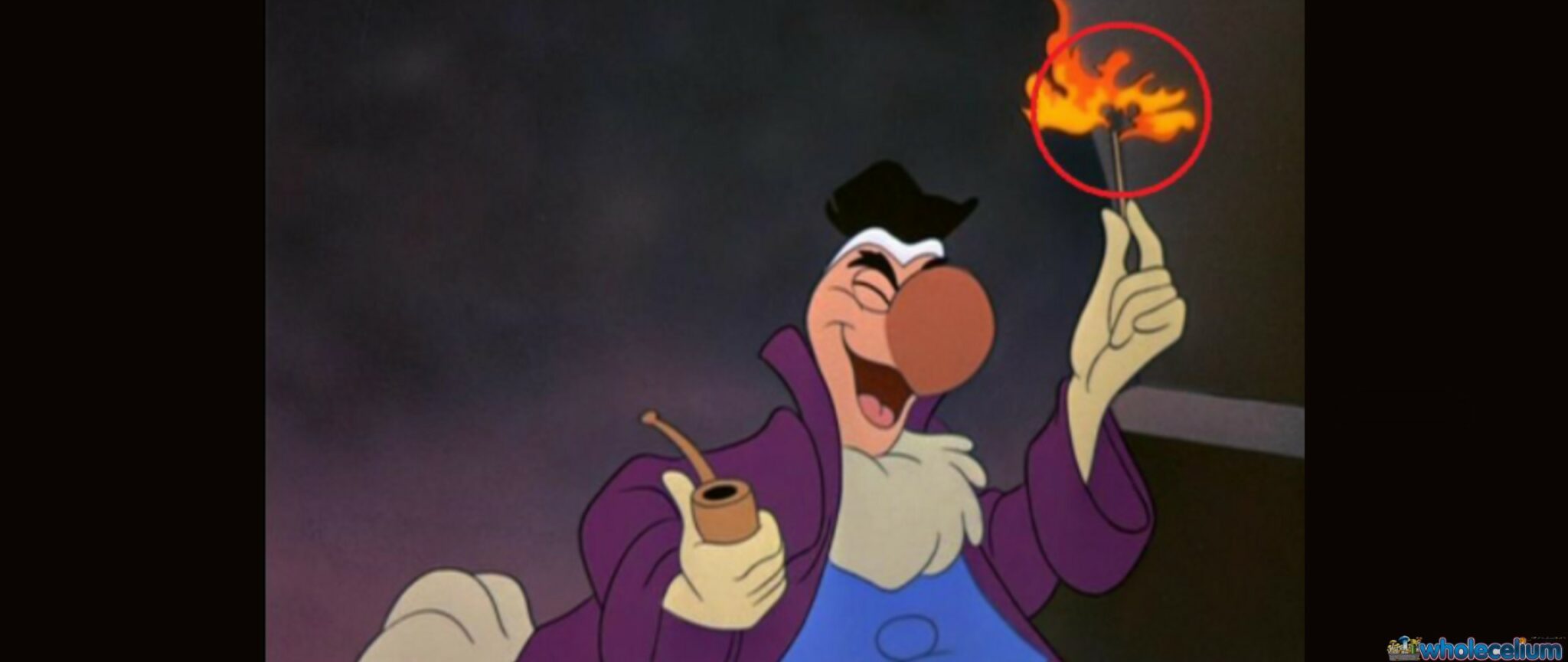
Adoption By The Psychedelic Movement
It’s probably no coincidence that the kids who grew up watching Disney’s ‘Alice In Wonderland’ became the psychedelic generation. It makes sense that the story of Alice resonated with people who had just been given the keys to their own wonderland. And rather than a cake that said ‘Eat Me’ it was LSD. And, rather than a giant caterpillar encouraging them to eat his mushroom, it was… urrmm… eating some smaller mushrooms. Very quickly, innocent Alice became the poster child for psychedelic exploration. Following the ‘white rabbit’ and finding yourselves in an unknown land where things made very little sense, exemplified the ‘tripping’ experience. The intensity with which this Victorian story captured the minds of millions of flower-children, meant that very soon no one could imagine that the author could not have been on drugs.
Alice’s adventures were even immortalised in an anthem of the era, White Rabbit by Jefferson Airplane. The lyrics included;
‘When the men on the chessboard get up and tell you where to go
And you’ve just had some kind of mushroom, and your mind is moving low
Go ask Alice, I think she’ll know’.
Celebrating Wonderland
In the years since the psychedelic era, Alice and her motley crew of Mad Hatters, White Rabbits, Tweedle-Dums and Dees, have never been out of the spotlight. Whether it’s Hollywood movies with bombastic CGI, creepy arthouse puppets, music videos or fashion editorials, ‘Wonderland‘ is truly burned onto the collective psyche as an exploration of all things strange.
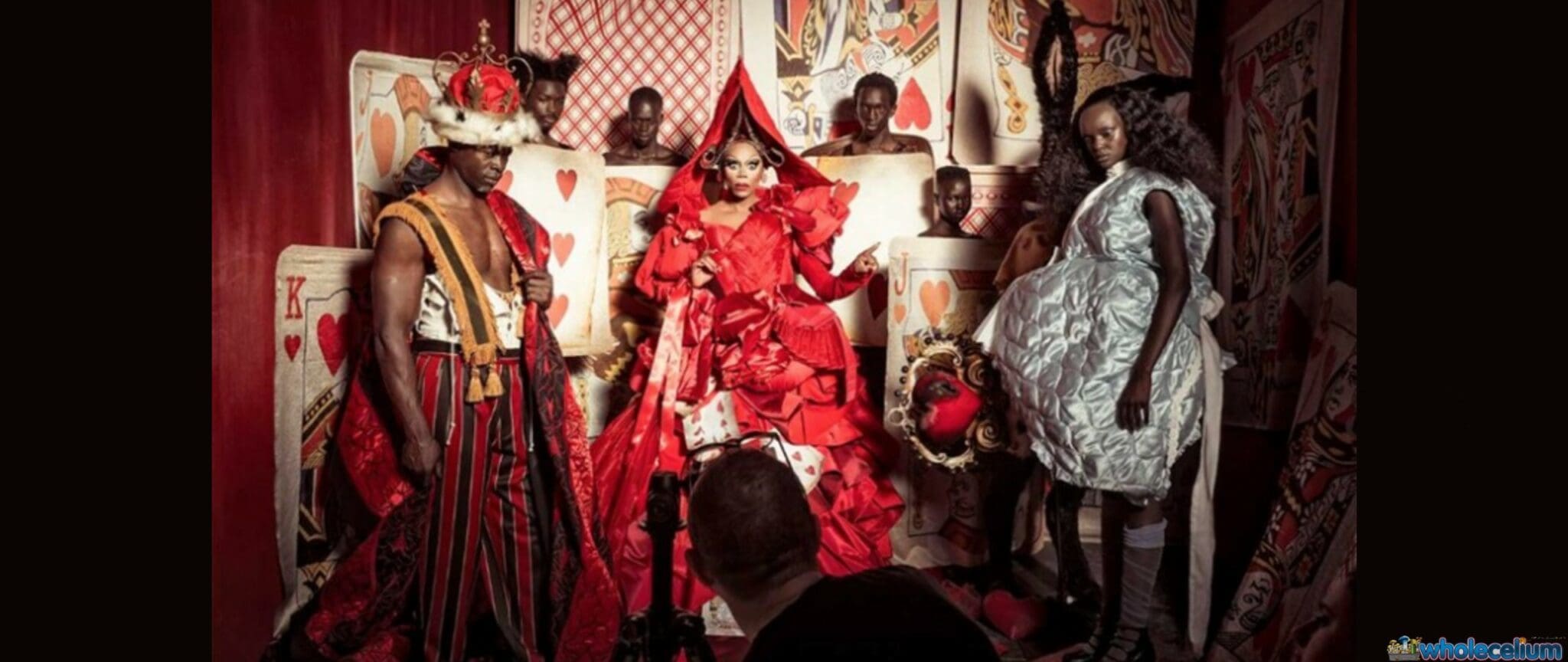
Whatever the origins of Alice’s story, even if Lewis Carroll was on nothing stronger than a glass of red wine (or laudanum which was legal, and common, at the time! ?), the fact that his “golden afternoon” children’s tale took on such a new life, is truly something magical.
So whether you raise a glass, or a mushroom, to Alice on her 155th birthday, let us celebrate Wonderland— where things are always “Curiouser and curiouser!” — even after all this time.
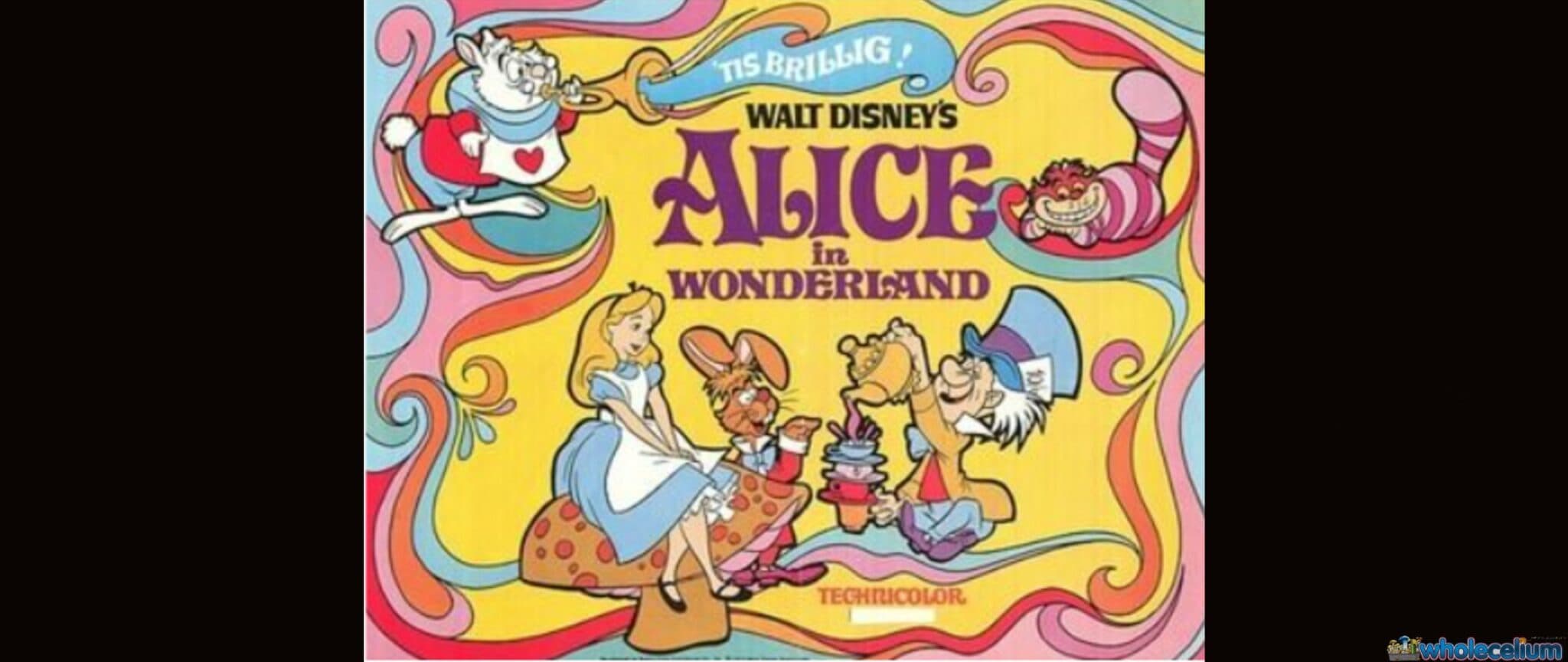
P.s. — if you feel like chasing rabbits, why not check out our selection of magic truffles? Your own wonderland awaits!





